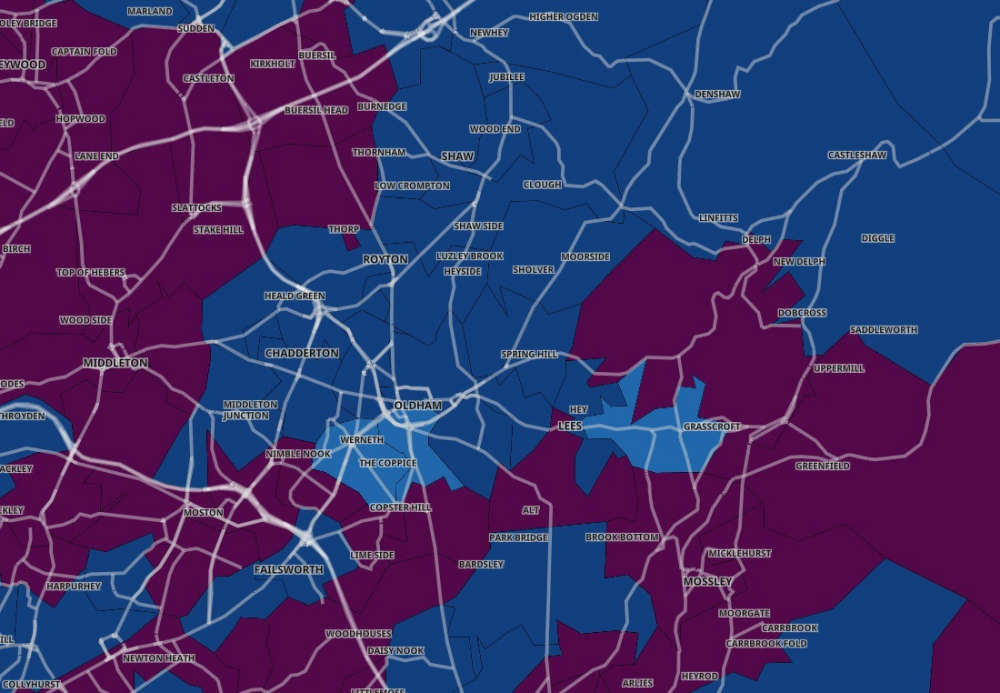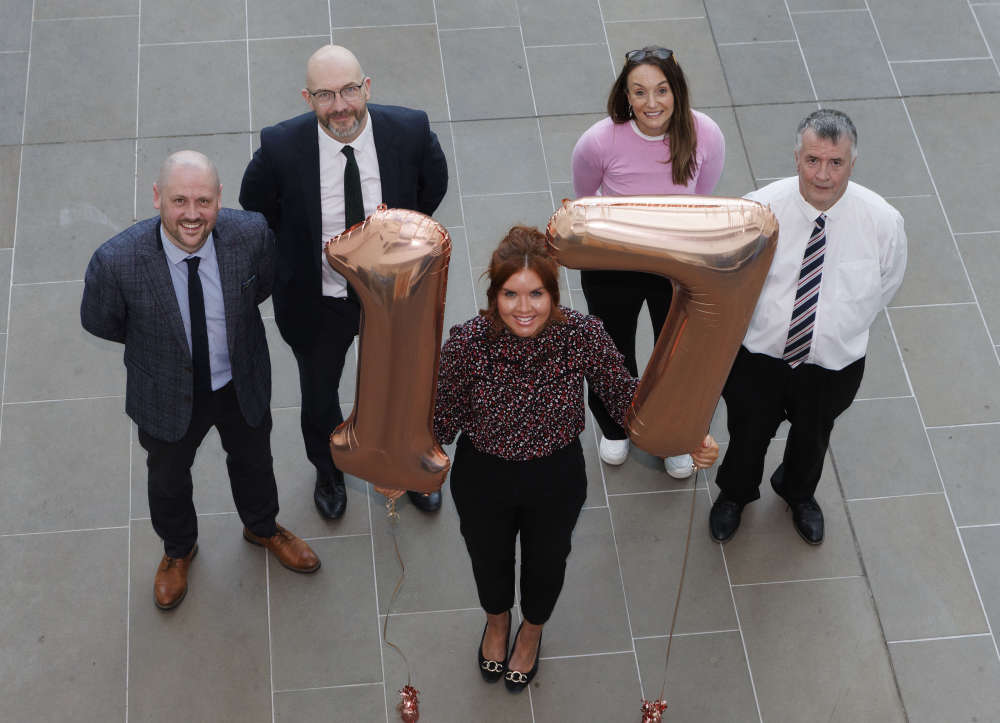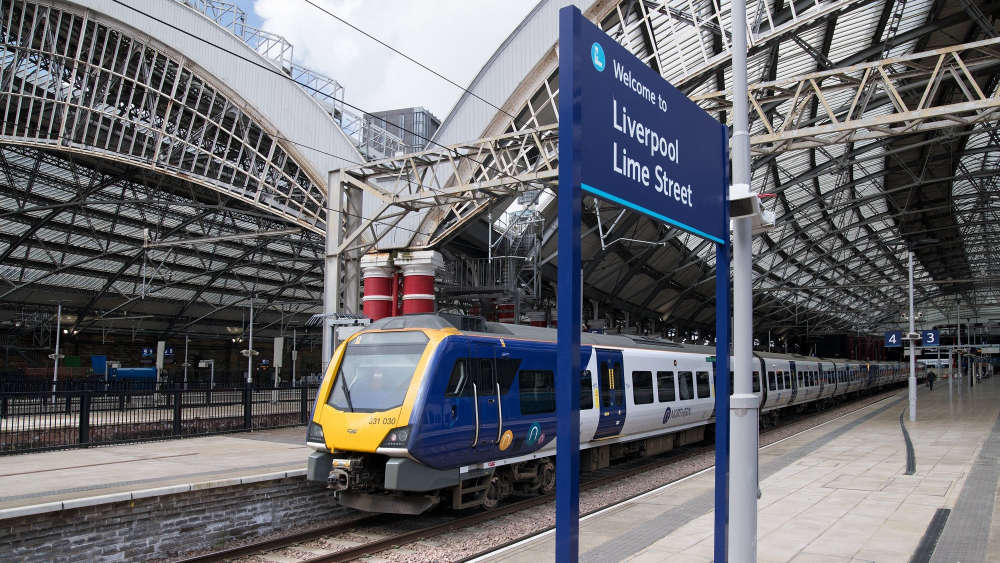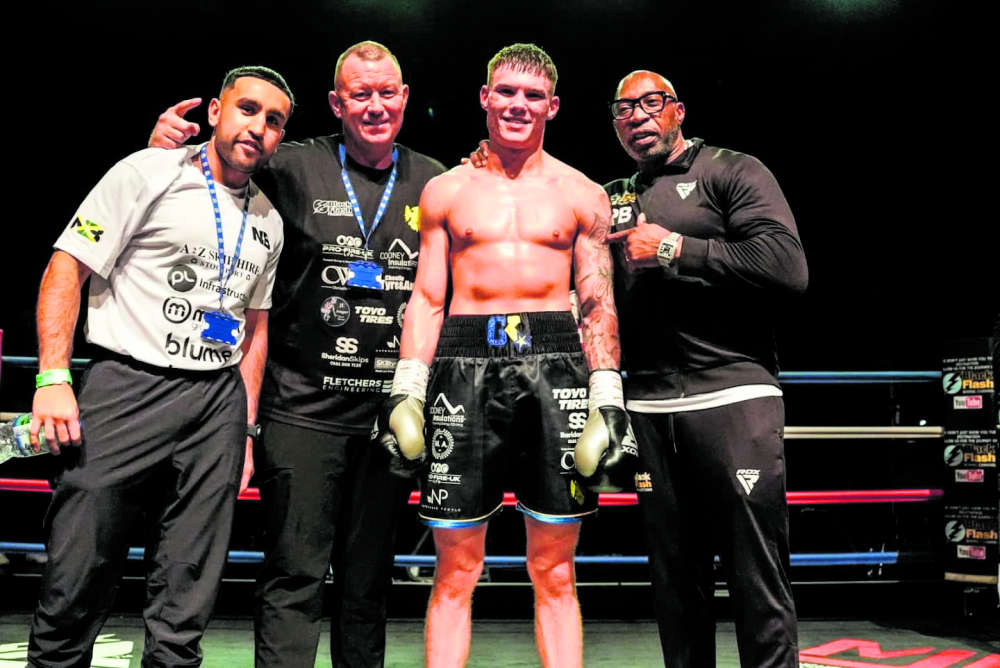
A neighbourhood in south Oldham is the borough's biggest Covid-19 'blackspot', the latest public health figures have revealed.
The government has announced the introduction of ‘Plan B’ measures in England to tackle the new Omicron variant of coronavirus.
These include the return of face coverings in shops and certain public venues, including theatres and cinemas.
And from today (Monday, December 13) the guidance is to work from home if you can, with an NHS Covid pass becoming mandatory to get into nightclubs from Wednesday.
As of Sunday, there have been 3,137 confirmed cases of the Omicron variant in the UK, but the true number is estimated to be far higher.
A suspected case of the new variant has been identified in Oldham after a student at The Blue Coat School tested positive for Covid-19.
However, overall Oldham is bottom of the table for its infections in the region, with a rate of 333.7 in the week to December 12.
This is well below the England average of 509.7 cases per 100,000 people.
The areas with the highest infections can be revealed via an interactive map charting the number of positive Covid-19 test results in neighbourhoods using government data.
It shows the number of infections per local area, broken down into neighbourhoods containing roughly 7,000 people.
The number of new cases is then used to calculate the infection rate per 100,000 people.
In Oldham the biggest ‘blackspot’ is Lime Side and Garden Suburb with a rate of 643.7 and 50 new cases in the week to December 7 – the latest available data.
Second place is Chadderton South East where the 42 cases produce a rate of 629.8. There were 20 more cases than the previous seven day period.
In third place is Greenfield and Uppermill, where the local infection rate equals 608.2, with 37 cases recorded.
This is followed by Chadderton South West, where 47 people tested positive for the virus. The infection rate stands at 576.5 per 100,000 residents.
New Delph, Dobcross and Austerlands is next with a rate of 469.2 and 30 new incidences of the virus.
At the other end of the scale, the neighbourhood with the lowest infection rate is Oldham Town South, which stands at 101 with just nine cases recorded.
Here are all the cases recorded across the borough in the week to December 7:
Alexandra Park – 29
Alt – 29
Busk – 27
Chadderton Central – 28
Chadderton North – 20
Chadderton South East – 42
Chadderton South West – 47
Clough and Shaw Side – 16
Derker – 20
Diggle, Delph and Denshaw – 16
Failsworth East – 24
Failsworth South – 22
Failsworth West – 24
Greenfield and Uppermill – 37
Hathershaw – 42
Holt Lane End and Bardsley – 22
Lees and Hey – 20
Lime Side and Garden Suburb – 50
Middleton Junction – 21
Moorside and Sholver – 28
New Delph, Dobcross and Austerlands – 30
Oldham Town North – 16
Oldham Town South – 9
Royton East and Cowlishaw – 15
Royton North – 24
Royton South East – 22
Royton South West – 18
Salem – 27
Shaw and Crompton – 19
Springhead and Grasscroft – 9
Waterhead – 16
Werneth – 31
Wood End – 14


 Millions seized from criminals to help communities tackle crime
Millions seized from criminals to help communities tackle crime
 Extra trains running for racegoers to the Grand National
Extra trains running for racegoers to the Grand National
 Wins all round for local boxers
Wins all round for local boxers
 School promotes Culture Day 2025
School promotes Culture Day 2025

